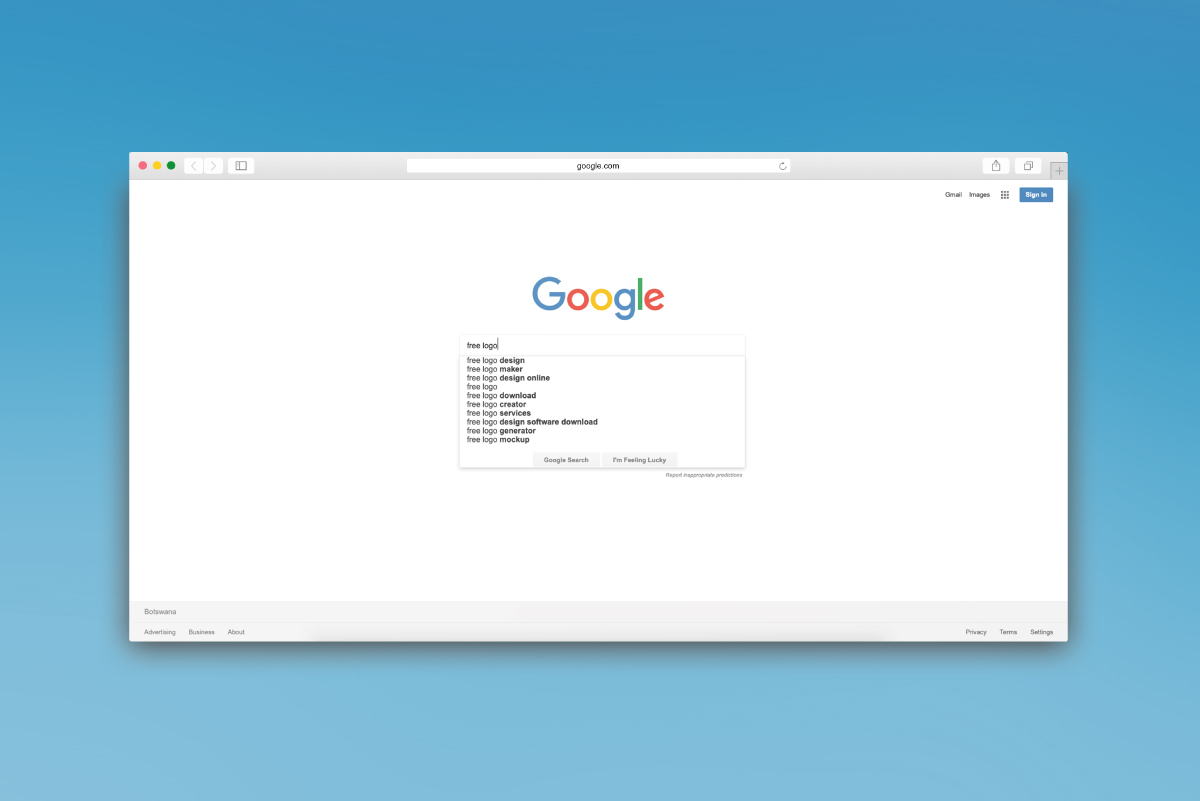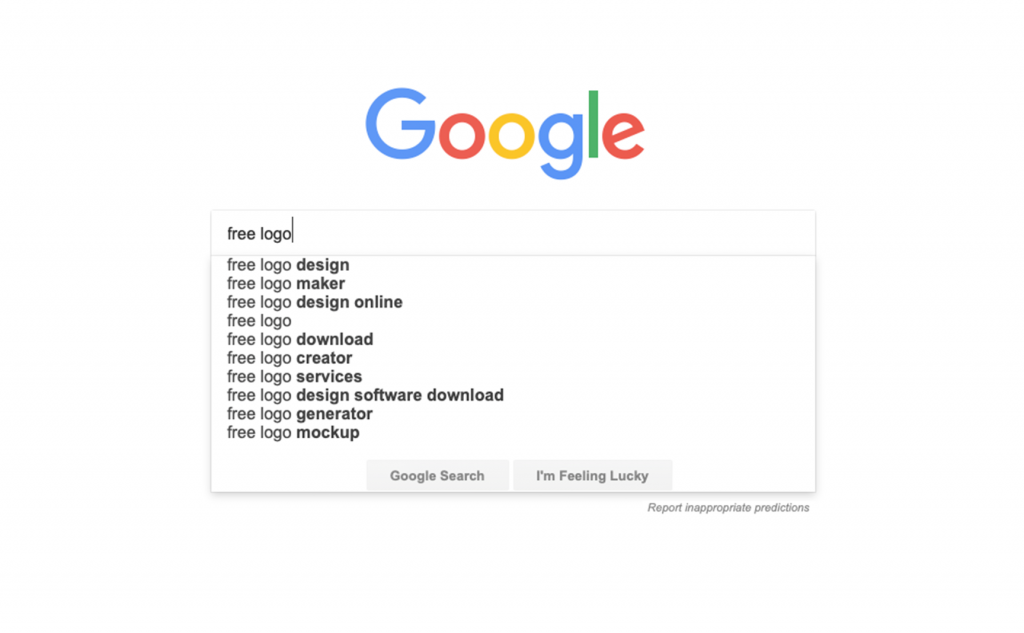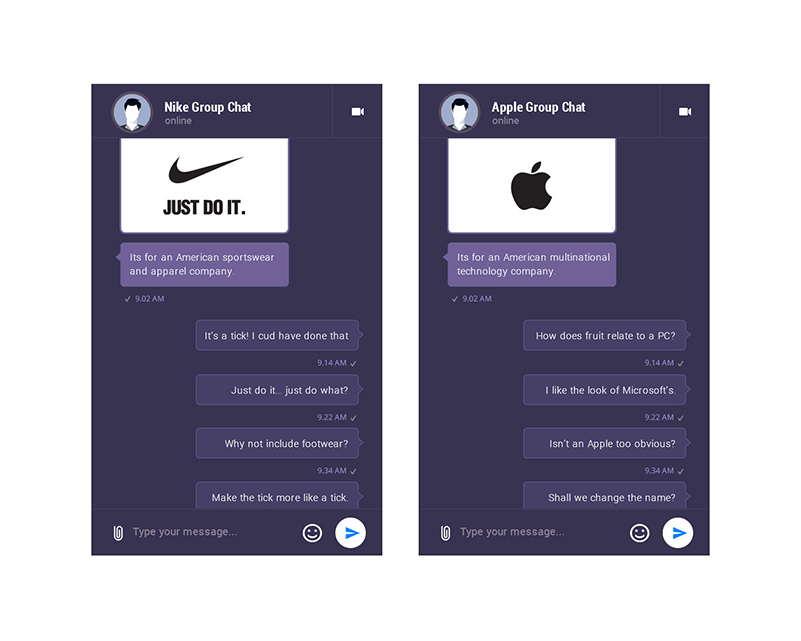
Why Rebranding Is No Place for a Competition
- by gmashworth
- in Branding
- posted November 6, 2018
“Design is not just what it looks like and feels like. Design is how it works.” – Steve Jobs
My heart sinks whenever a company announces a logo design competition as part of a rebrand. It’s not just disappointing—it’s dangerous.
A rebrand is not a logo refresh. It’s a complete overhaul of your company’s image, and it’s a process that takes time, expertise, and deep strategic thinking. If you rush it or outsource it to a competition, you risk damaging your credibility, harming relationships with stakeholders, and alienating your loyal customers.
Running a competition to source a logo is unwise. Using one for a full rebrand is a very bad idea.
What You Might Think…
Companies often launch logo competitions with good intentions. They might expect hundreds of brilliant submissions to choose from. They may believe they’re offering opportunities to young or underrepresented creatives, and by keeping it local, they think they’re supporting homegrown talent.
In this light, the prize money isn’t just an incentive—it’s seen as a lifeline for struggling designers. But here’s the problem: the reality is very different. And the repercussions are far-reaching.
What You Might Not Know…
Whether companies realise it or not, a logo competition instantly devalues their own brand. Whatever prize money they offer—that’s how much they’ve decided their visual identity is worth. These contests fall under the category of crowdsourcing and spec work, and yes—many professionals consider them forms of exploitation. Why? Because only the “winner” gets paid. Everyone else works for free.
In any other industry, this would be outrageous. In design, it’s somehow become normal. Spec work is unethical. And if you’re unsure why, take a look at the prize money often offered in these competitions—it rarely comes close to reflecting the true value of a professional rebrand.
“The average rebranding initiative costs about 10–20% of the marketing budget. For example, if your annual revenues are $15M and your marketing budget is $750K, you can expect your rebranding costs to range from $75,000 to $150,000.” – Source: hivemindinc.com
When you ask people to design logos without paying them for their time, research, or ideas, that’s exploitation. It’s cheap labour disguised as community engagement. It diminishes our entire industry.
The Hidden Costs
There are deeper risks too. Logo contests can seriously harm a company’s integrity—especially when corruption or bias is suspected. Even the appearance of a predetermined winner or internal favouritism can lead to serious backlash.
This risk increases the more prestigious the organisation. And even if everything is done fairly, it doesn’t guarantee a good outcome. Stakeholders might have personal ties to entrants. Employees might resent the final decision. When everyone feels invested, the internal politics can get ugly.
Running a logo competition also divorces the company from the conceptual development stage—a vital part of any rebrand. Why would you willingly give that up? The more visible your organisation is, the more significant your rebrand becomes. Shouldn’t you be more hands-on, not less? Just look at the University of Botswana’s rebrand for a real-world example of how badly things can go. The stakes are high. The consequences are real.
Ask yourself this, would you stage a competition to find:
- An accountant?
- A procurement consultant?
- An event manager or caterer?
- A plumber or electrician?
- A web development team?
No? Then why a designer? You don’t treat these professions this way because you respect them.
The Reality
A rebrand is not simply changing a logo. It’s a strategic marketing initiative. It can involve changes to your logo, name, tone of voice, brand architecture, visual systems, messaging, and more. Applying a new logo to old practices isn’t a rebrand—it’s just painting over cracks.
A professional designer considers the entire identity system. They’ll deliver a cohesive, scalable solution that works across all mediums—print, digital, packaging, merchandise, signage.
A competition entrant won’t. They can’t. They don’t have access to your insights, research, stakeholders, or internal vision. At best, you’ll get something visually appealing. At worst, you’ll get generic, plagiarised work with no relevance to your brand.
And you will get plagiarism—it’s not a possibility; it’s a certainty.
Many entrants are not designers. Some are hobbyists or amateurs looking for a quick payday. Most won’t provide what professionals do: vector files, black-and-white alternatives, outlined fonts, multiple file formats, and usage guidelines. They might not even know the difference between RGB and CMYK.
The reality is most entrants will do this…

Design Is in the Details
Who’s judging these contests? Are they qualified to assess usability across different platforms? Do they understand scalability, legibility, accessibility? Can they identify a copied design? Design-by-committee often leads to mediocrity. Imagine if Apple’s or Nike’s logos had been designed by a panel of non-creatives voting on their favourites. It’s unthinkable.

In Conclusion
Why is the design industry exploited like this? Professional graphic designers invest years—sometimes decades—into learning their craft. They buy expensive equipment, pay for software, study typography, strategy, colour theory, branding, layout, and user psychology.
Spec work doesn’t exist in any other professional service. So why should it be normalised in ours? Read this article on spec work to understand why it is considered unethical – https://www.nospec.com
If a rebrand is truly important to your business, invest in it. Work with professionals. Build something that lasts. Something strategic. Something meaningful. Otherwise, you’re sending a message: that you don’t value the profession—and worse, you don’t value your own brand.
If all you need is a fun, throwaway graphic for an internal event or staff T-shirt—fine. Maybe a contest works. But if you’re rebranding your entire organisation?
Don’t crowdsource your credibility.
As I finish writing this, my head is firmly in my hands.
Sources: Wikipedia, The Financial Brand, apexcreative.net, inkbotdesign.com, hivemindinc.com

Comments
Toney
November 9, 2018 at 3:51 amIt’s amazing to visit this site and read your views on the topic like this. Oh and I agree with you btw.
Faith
December 29, 2018 at 6:22 pmGreat post. It has made me think twice about entering design competitions in future. Thanks!
Klefer
January 16, 2019 at 4:09 pmI’m amazed, I have to admit. Rarely do I come across a blog that’s both equally educative and amusing, and let me tell you, you have hit the nail on the head. The issue is something not enough people are speaking intelligently about. I’m very happy that I stumbled across this.
Kristen
February 10, 2019 at 1:12 pmThank you for this wonderful post. I have the exact same issue and my superiors have asked me to put my case forward. So I’ve been researching for my presentation and this is great, it has every I need. Thank you!
Erika
January 24, 2020 at 3:39 amI found this website by mistake, but I’m so glad I found it. This is a fantastic post and all round interesting blog (I also love the theme/design). Please keep up the awesome work.
Julianna Frascone
May 6, 2020 at 7:29 amThis site is… how do you say it? Relevant!! Finally I’ve found something that helped me. Cheers!
Ernest Garbarino
August 6, 2020 at 9:41 amI am new to blogs and seriously loved this blog. I’m bookmarking your site. You have great writings. Thank you for sharing.